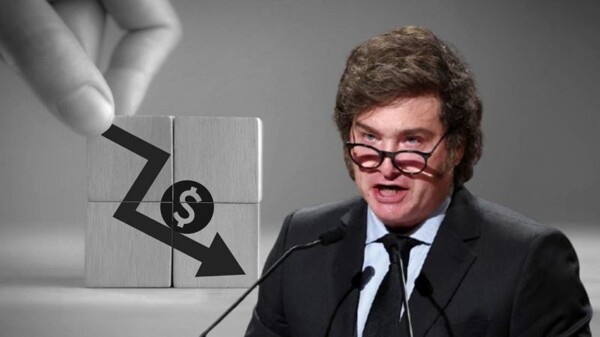
The electric companies responsible for distribution in the Metropolitan Area of Buenos Aires have announced the increases they plan to apply to residential users throughout the year 2025, in the context of the public hearing for the five-year tariff review of the electricity service. During the hearing, which took place this Thursday before the National Electricity Regulatory Agency (ENRE), Edenor and Edesur presented their proposals for price increases starting in April.
In the case of Edenor, it has been proposed that the bill for 80% of its residential users rise to $29,544, which implies an average increase of $9,624 per month, raising the cost of the service by $320 per day. The company argued the increase by comparing it with other monthly expenses of a family, such as fuel, cable television and internet, and cell phone service.
Edenor pointed out that internationally, a monthly bill including taxes would reach a value of US$27 for a consumption of 275 kWh, noting that this amount would be below prices in other countries such as Brazil, Chile, Peru, and Uruguay. The company proposed that the increase in the Distribution Added Value (VAD) be automatic and periodic, based on a formula that takes into account indices such as Wages, Wholesale Prices, and Consumer Prices.
Edenor detailed that the largest portion of the electricity bill is allocated to generation (44%), followed by distribution (30%), taxes and municipal fees (24%), while transportation represents only 2% of the total. Regarding Edesur, it proposed a scheme that reflects the evolution of the consumer profile in recent years, without providing detailed information on the impact it would have on customers.
Edesur's proposal for low demand includes simplifying the tariff scales from 6 to 2 categories, eliminating gaps between categories, and reviewing the capacity for three-phase supplies. Regarding medium and large demands, the company suggests maintaining current charges but increasing surcharges for excess capacity.













